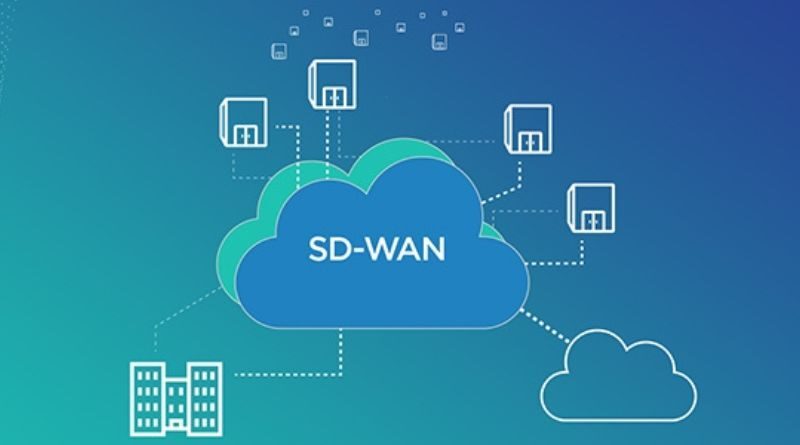What Does SD-WAN Entail For Businesses?
If you’re planning a network upgrade, you might wonder what is SD-WAN in simple terms and what it is about. This type of network infrastructure is based on commodity bandwidth. This network technology is cheaper than MPLS circuits and can help you save money. In addition, it helps you preserve MPLS circuits for intra-enterprise applications.
Real-Time Traffic Management
Real-time traffic management for SD-WAN allows enterprises to prioritize business-critical traffic. It also helps avoid packet loss and latency problems. It improves staff spirits and employee productivity by ensuring that essential applications are always available. Before the emergence of mobile smart devices and cloud computing, MPLS was the most widely used enterprise WAN. Now, mobile smart devices and cloud computing have become mainstream. With the adoption of cloud-based applications, the amount of data that travels over a WAN is increasing exponentially.
However, SD-WAN can help reduce costs by leveraging low-cost local Internet access and reducing traffic on the backbone WAN. A survey found that companies that use SD-WAN can save as much as 39% in operating costs. However, most respondents expected modest savings of five to 19 percent. In addition, SD-WAN can help enterprises save money on bandwidth by allowing them to route less sensitive data over cheaper public connections.
Centralized Management
The centralized management of SD-WAN for businesses provides some benefits. One such benefit is adding and reducing network capacity as needed, which is useful for organizations with a distributed workforce or the need to open new locations rapidly. Another benefit of centralized management is that it offers visibility and control of all network components through one centralized portal.
This allows network administrators to monitor and troubleshoot network issues easily and make the most efficient use of the bandwidth. Administrators can use a centralized management console to make network policy changes without spending time onsite. Policies and configurations can be updated in minutes instead of days or weeks. This reduces the need for onsite technicians and eliminates the need for expensive, manual operations.
Lower Costs
One of the main benefits of SD-WAN for businesses is its ability to self-heal in the event of network outages. Large enterprises often face the challenge of unreliable connectivity. Even smaller companies can encounter intermittent internet impairment, especially if their service providers need to manage their bandwidth loads properly. SD-WAN addresses this problem by providing network resources for applications, thereby improving the overall productivity of all users. Other benefits of SD-WAN include lower costs for circuits and hardware.
It can also save money on human capital. Many companies report saving up to 20 percent of their network costs by deploying SD-WAN. Some savings are even reflected in the monthly cost of SD-WAN service. However, it is important to note that savings often depend on several independent variables. A major benefit of SD-WAN for businesses is that it simplifies the network and offers greater flexibility and agility. It also ensures that applications move smoothly across the network.
As cloud services, IoT, and the BYOD culture increase the demand for business connectivity, SD-WAN vendors are meeting these needs and delivering benefits to their customers. Lower costs of SD-WAN for businesses are one of the reasons that companies are embracing technology.
Easy On-Ramp To The Cloud
SD-WAN is a crucial component of any hybrid or multi-cloud environment. Your business-critical applications and essential data may reside on different cloud platforms, requiring a secure and reliable connection. An SD-WAN can deliver this experience in a simple and automated manner. SD-WAN uses features like application awareness and guaranteed minimum bandwidth to help your network optimize itself. It also offers an on-ramp to SASE (Security Access Service Edge). SASE routes cloud-destined traffic through a secure connection instead of backhauling it through your firewall. This solution improves the performance of your network for both on-premises and remote systems. Easy on-ramp to the cloud with cloud-based SD-WAN will enable you to connect to multiple providers from one location.
Read more: APAP Login



